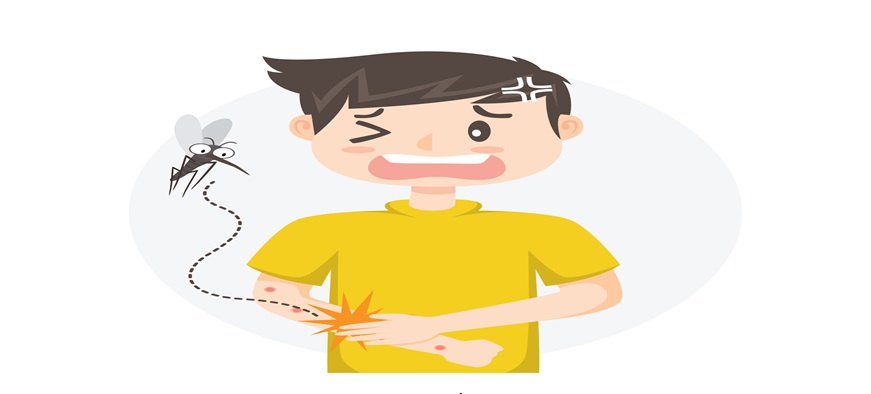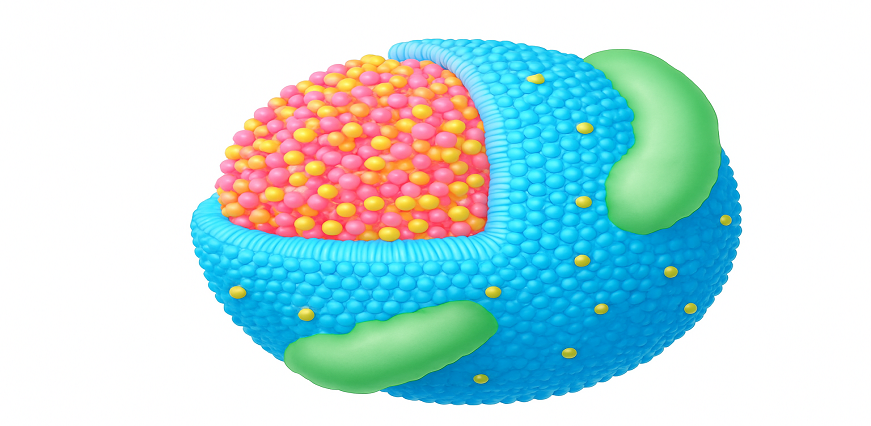Viral fever, a common ailment that affects people of all ages and genders, is often alternatively known as febrile viral disease. It occurs when a virus enters the body, triggering an immune response that raises the body temperature beyond normal range. While the term “fever” is often associated with illness and discomfort and induces worry, it is actually a natural defence mechanism of the body to fight off foreign viruses. The reasons for viral fever can be many, including infections from various viruses that affect different body parts, such as respiratory viruses, arboviruses, gastrointestinal viruses and others. Understanding viral fever's meaning, symptoms, causes, types, and treatment is crucial as it helps differentiate it from other fevers, such as bacterial fevers, and ensures appropriate management and care.
What is a Viral Fever?
Viral fever is a generic term used to describe a wide range of fever-inducing illnesses caused by viral infections. These fevers are the result of various viruses that can range from mild to severe. The condition is characterised by elevated body temperatures, typically ranging from 99°F (37.2°C) to 104°F (40°C). Viral fever is often accompanied by symptoms such as runny nose, headache, etc., depending on the type of virus involved. The duration of viral fever usually varies with the specific viral infection, with most resolving within a week, while others may persist longer than a week.
A virus is a type of germ (pathogen) that can be seen only under a microscope. All viruses carry a small piece of genetic information called DNA or RNA that lives inside a protective coating called a capsid. Viruses do not have cells; hence, they use human cells to multiply. Thus, viruses replicating in the human body are what make one sick with a viral infection.
Causes of Viral Fever
There is not a single cause for viral fever. The reasons for viral fever can be many, ranging from infections from various viruses that affect different parts of the body. Some of the common causes of viral fever include:
Respiratory Viruses
Viruses, such as rhinoviruses (common cold), influenza (flu), and respiratory syncytial virus, spread through respiratory droplets from sneezing or coughing, leading to respiratory conditions, such as cough, fever, and congestion.
Gastrointestinal Viruses
Rotavirus and Norovirus cause viral gastroenteritis, leading to fever and other conditions like vomiting and diarrhoea. This condition often spreads through contaminated water and food.
Arboviruses
Dengue, Chikungunya, and Zika viruses are transmitted by mosquito bites and can cause specific signs and symptoms of viral fever, such as high fever, joint pains, and rashes. This highlights the importance of mosquito control and protection measures.
Exanthematous Viruses
Viruses like rubella, measles, and chicken pox are characterised by fever and skin rashes. These are highly contagious viruses, spread through close contact and respiratory droplets.
Hematologic Viruses
Viruses like cytomegalovirus and Epstein-Barr virus (which causes mononucleosis) can lead to prolonged viral fever and fatigue. They are often transmitted through close contact or respiratory droplets, such as coughing or sneezing.
Signs and Symptoms of Viral Fever
The symptoms of viral fever highly depend on the type of virus involved. Some of the common symptoms of viral fever in adults and children include:
- Elevated body temperature, which can range from mild to very high
- Generalised tiredness and weakness
- Constant muscle and joint pains
- Persistent headaches accompanied by nausea and vomiting
- Chills and sweats, as fever spikes and falls
- Sore throat
- Mild, dry cough to severe cough in the respiratory tract
- Stuffy or runny nose
- Vomiting and diarrhoea in gastrointestinal viruses
- Measles, chickenpox with characteristic rashes
While the symptoms of viral fever can be similar to those of bacterial fever, the focus on timely diagnosis and treatment is crucial. Understanding the difference between bacterial fever and viral fever is vital for proper diagnosis and treatment, underscoring the urgency and importance of the matter.
Types of Viral Fever
Viral fever manifests in various forms depending on the type of virus causing the infection. Understanding the types of viral fever helps recognise specific symptoms and appropriate management strategies. The types include:
Acute Viral Fever
The type of viral fever has a very short incubation period, usually lasting less than a week. It is commonly seen in cases of flu, viral gastroenteritis, and colds. The symptoms of acute viral fever resolve on their own with rest and at-home viral fever treatment.
Chronic Viral Fever
Unlike acute viral fever, chronic viral fever lasts for weeks or months and is seen in conditions like chronic hepatitis and HIV/AIDS. The condition requires ongoing medical management and monitoring for a fruitful viral fever treatment.
Hemorrhagic Viral Fever
Hemorrhagic viral fever is a severe viral infection that can cause bleeding disorders like Ebola and Dengue. These fevers are more severe than acute and chronic viral fever and require immediate medical attention.
Exanthematous Viral Fever
Exanthematous viral fever is accompanied by skin rashes, and it is seen in diseases like chickenpox, measles, and rubella. The rashes often help diagnose specific viral fever.
Arthropod-borne Viral Fever
The type of viral fever is transmitted by insect bites, particularly mosquitoes, and includes diseases like Zika, Dengue, and Chikungunya. Symptoms of the particular viral fever often include high fever, joint pains, and rashes.
Viral Fever Treatment
Since the type of infection does not respond to antibiotics, a cure for viral fever focuses on relieving symptoms and supporting the body’s immune response. The key management strategies for viral fever often recommended by healthcare providers include adequate rest, drinking plenty of fluids, over-the-counter medications to reduce fever and alleviate body aches, a balanced diet, practising good hygiene practices, and staying up-to-date with vaccines to prevent certain viral infections.
Viral infection is a frequent medical and self-limiting condition that can range from mild to severe. Recognising the standard and latest viral fever symptoms and knowing how long the viral fever will likely last are critical for proper treatment and recovery. Effective management and timely intervention for severe cases ensure better outcomes and overall health.













 7982100200
7982100200
























 To reach our help desk call 9213188888
To reach our help desk call 9213188888.png)
Comments